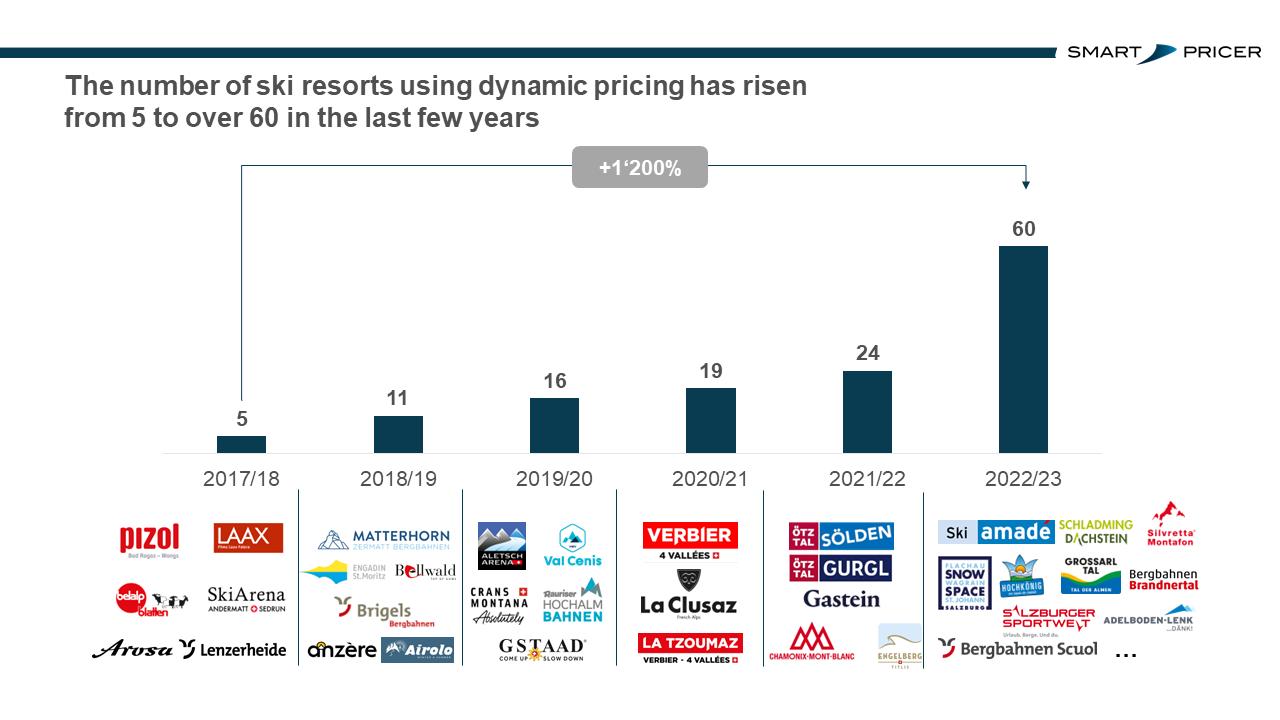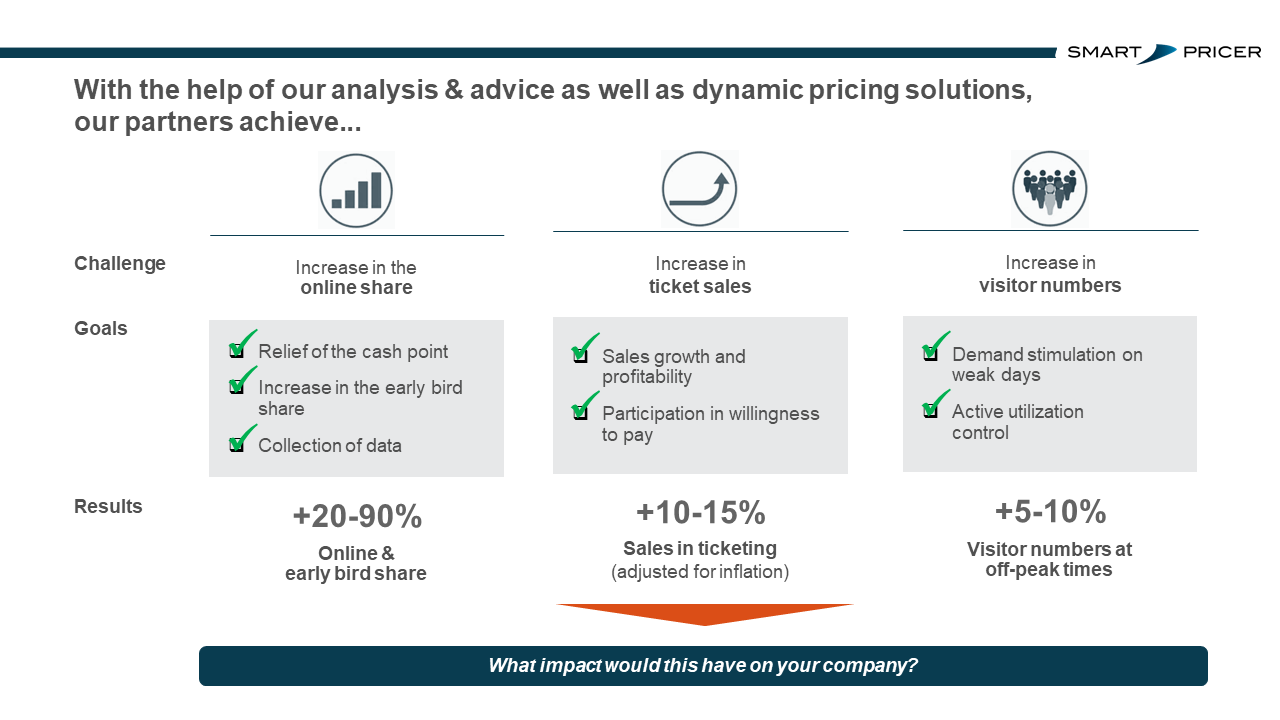Difficult initital situation for winter tourism
Winter tourism is directly affected by developments such as inflation and price increases in the energy sector. Mountain ropeways are therefore once again facing new challenges, and the number of ski resorts introducing dynamic pricing is increasing.
Based on the current record inflation, a decline in demand for winter tourism is predicted. Especially the lower and middle income groups of important target markets classify the ski pass as a luxury good and plan to save here effectively. For example, according to recent surveys by the Vienna-based economic research institute WIFO, German winter guests plan to spend less money on winter vacations.
So on the one hand, there are increased operating costs: Suppliers have to adjust prices upward in order to continue to be profitable. On the other hand, there is inflation, the predicted decline in demand and the influence of geopolitical crises. Based on this general planning uncertainty, more and more mountain ropeways are opting for the dynamization of ski pass prices.
How can Dynamic Pricing help?
Price has always been an important factor that can influence the purchase decision of products and services. Especially in winter tourism, there are several target groups that have different needs and willingness to pay. We are talking here about price-sensitive and price-insensitive guests. Price insensitive guests are willing to pay much higher prices for lift tickets. Dynamic Pricing is the tool to offer different price levels for different target groups.
Therefore dynamic pricing is no longer a foreign word in the tourism industry. It is a solid tool that helps to:
- increase sales and dampen the effects of inflation
- increase online shares and early bookings
- introduce demand-driven price automation
- make manual price adjustments possible at any time
Smart Pricer customers were able to increase overall ticket sales, increase their online shares and distribute visitor flows more efficiently throughout the season thanks to Dynamic Pricing.
Why are more and more ski resorts and mountain ropeways introducing Dynamic Pricing?
Dynamic pricing as a pricing strategy is generally applied across the whole winter tourism sector. By offering dynamic prices, hotels and tour operators respond flexibly to customer needs and have the opportunity to actively manage sales, capacities and demand. In addition, price adjustments are also possible during the season – which is difficult or even impossible within static pricing models.
Especially this flexibility is convincing and also the reason why many mountain ropeways use this pricing strategy nowadays. Considering the current initial situation, dynamic pricing helps to achieve the following business goals:
1. Increase in ticket sales
The flexible price ranges of ski passes efficiently skim off different customers’ willingness to pay. The price-sensitive early booker is stimulated to buy by a lower price on weak days – on the other hand, short-term bookers accept significant price increases on strong days.
Through a higher average ticket price, the mountain ropeway achieves a significant increase in ticket sales.
2. Earlier bookings and increased planning reliability
Early booking discounts lead to a higher advance booking period for ski passes, as early bookers are often rewarded with lower prices. Tickets are purchased already during the pre-season in October/November with a validation date during vacation season or at the start of the season. This means increased planning security as well as increased liquidity during the pre-season.
3. Increase in online shares
Thanks to dynamic pricing, the number of online tickets sold can be multiplied. This means fewer queues at the cash desk and cross-selling opportunities at the digital point of sale. At the same time, customer data can be collected and linked to marketing and promotional activities.
4. Increase in multi-day tickets and management of visitor flows.
Mountain ropeways also benefit from an extended booking period. Thanks to the advantageous early booking offers, more guests decide to buy a low-priced multi-day ticket in advance instead of picking day tickets for the best days on site. This also transfers the short-term weather risk to the guest. Additionally, demand incentives can be set during off-season times which lead to frequency increases in the single-digit percentage range.
If you have further questions on this topic or would like to learn more about the potential of Smart Pricing for your company, please contact us now for a free initial consultation,
or write directly to info@smart-pricer.com
“We are very pleased with Smart Pricer’s work and look forward to taking our revenue and other KPIs to the next level”
![]()
“Smart Pricer offers a unique combination of pricing consulting, analysis and software. They helped us develop a dynamic pricing model and effective system administration. Dynamic Pricing has significantly contributed to the increase in earnings at ZBAG”.
![]()
“The very good acceptance by our guests, the commercial benefits in winter 21/22 and Smart Pricer’s comprehensive pricing know-how convinced us that this is the right way to go.”
![]()



